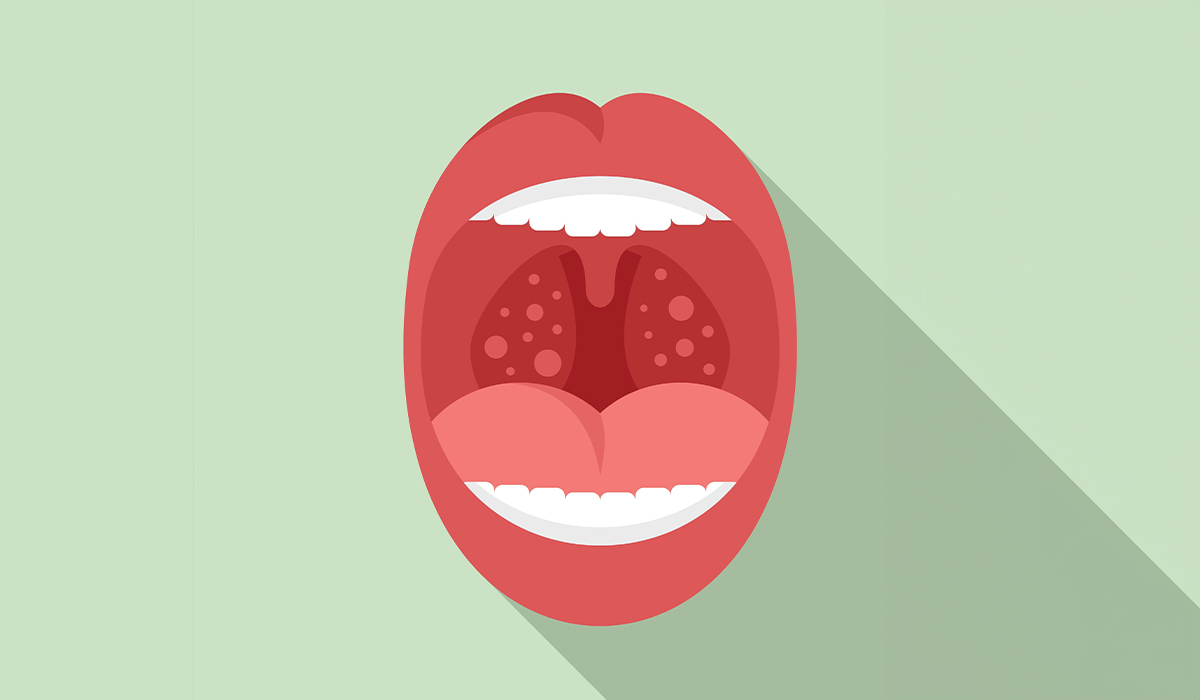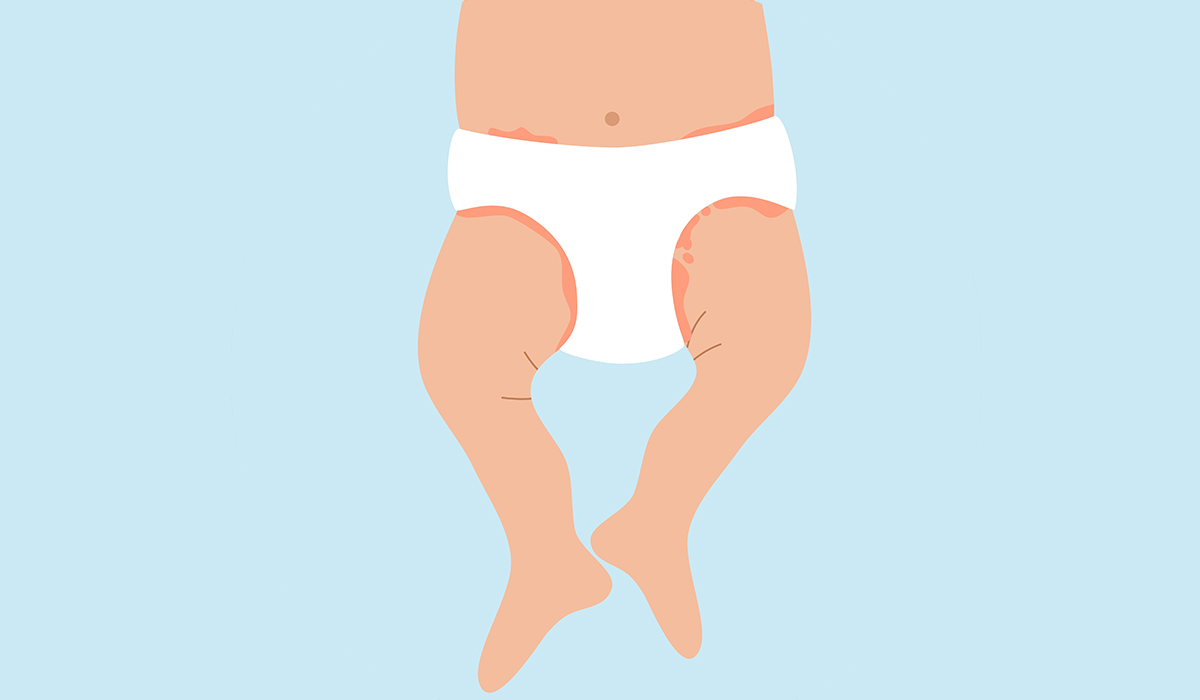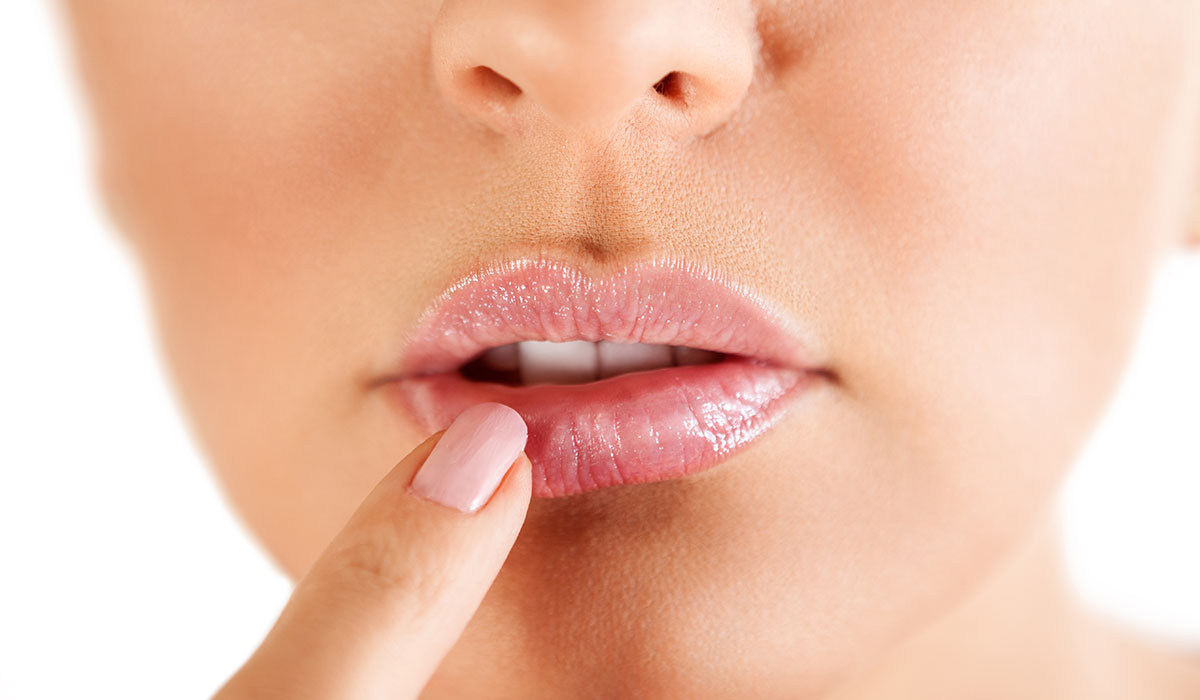Impetigo is a common skin disease affecting infants and young children. It's highly contagious but rarely causes severe symptoms or life-threatening complications. Its most common symptoms include sores and blisters on hands, feet, mouth, and around the nose.
Impetigo can be caused by one of the two bacterium: Staphylococcus aureus or Streptococcus pyogenes. Infected children need to undergo antibiotic treatment and stay at home to prevent the infection from spreading to, for instance, their peers at school or neighborhood friends.
Although impetigo can affect anyone regardless of age, it is most often observed among infants and children between 2 and 5 years old. The infection spreads quickly through direct skin contact, so it is vital to know the safety guidelines to prevent the disease from spreading to others. You can learn more about self-care tips in the ‘Impetigo Prevention – 8 Tips To Control The Infection‘ paragraph.
There are three types of impetigo: nonbullous, bullous, and ecthyma. In all three types, symptoms appear between 2 and 10 days after getting infected. The most common complaints are reddish sores and blisters that appear around the nose or mouth. The sores tend to rupture and ooze for several days quickly. They can spread to other body parts after being touched, rubbed, or scratched.
In addition to sores, impetigo can cause additional symptoms based on its type:
Impetigo can be caused by Staphylococcus aureus or Streptococcus pyogenes bacterium. The infection occurs when the bacterium enters the epidermis, the outer layer of the skin. Arms, legs, and face are the most often affected body parts.
Impetigo infection often develops due to insect bites, skin cuts, and eczema – an inflammatory skin condition characterized by a rash and dry, cracked skin. Less commonly, impetigo symptoms may develop on healthy, undamaged skin.
Direct contact with infected people is the primary way streptococcal impetigo spreads from person to person. The disease usually develops in crowded places such as daycare centers and schools.
A higher risk of impetigo is associated with several factors. The most significant is age – infants and children aged 2 to 5 are at the most important risk of getting infected. As for adults, these risk factors may affect the chance of developing impetigo:
Impetigo is not a dangerous condition and rarely leads to complications. The possible outcomes of the infection include the following:
Some skin conditions may cause similar symptoms to impetigo. These include:
Impetigo can usually be diagnosed based on blisters, sores, crust around the burst sores, or discolored patches of skin. Doctors rarely order tests to confirm impetigo unless there are additional symptoms.
If symptoms don't improve after treatment, a doctor may want to take a liquid sample from one of your sores to identify the bacteria causing the infection.
Antibiotic therapy is the most common way of treating impetigo infection. The form of an antibiotic depends on a doctor's recommendation and the patient's needs. Most people are prescribed topical antibiotics (an ointment or a cream) to apply to the skin. Oral antibiotics are also an option. These come in the form of liquids and pills and are effective against impetigo that covers several body parts or large areas of skin.
Antibiotic treatment is standard for many bacterial infections. If used against impetigo, it can get rid of it within 7 to 10 days. However, it may take longer to heal if other skin infections or diseases accompany it.
In addition to prescribed medications, you can complement the treatment with home remedies. These include essential oils: tea tree, geranium, and patchouli oil. Ask your doctor before using essential oils and other home remedies on your skin.

As a highly contagious infection, impetigo quickly spreads from person to person if self-care practices are not implemented. If poorly managed, bacteria can spread to other parts of your body and the people you interact with.
The following tips can help you or your child to control the infection correctly and reduce the risk of spreading it further and worsening its symptoms:

Impetigo is an exceptionally infectious condition that is impossible to entirely prevent from happening again. However, several strategies exist to lower the risk:
Impetigo is a highly contagious skin disease primarily affecting infants and young children, though it can affect individuals of any age. It is characterized by sores and blisters, often around the nose, mouth, hands, and feet. Impetigo is typically caused by bacterial infections, primarily Staphylococcus aureus or Streptococcus pyogenes.
There are three main types of impetigo: nonbullous, bullous, and ecthyma, each with distinct symptoms and severity levels. It spreads rapidly through direct skin contact, making prevention crucial.
Common complications include rheumatic fever, soft tissue infections, scarring, Staphylococcal scalded skin syndrome, and toxic shock syndrome, although these are rare. Diagnosis is usually based on visual symptoms, with tests rarely required.
Treatment primarily involves antibiotic therapy, either topical or oral, prescribed by a healthcare professional. Home remedies such as essential oils may complement medical treatment. Preventing the spread of impetigo involves proper hygiene, avoiding scratching, keeping sores clean and covered, not sharing personal items, disinfecting surfaces, and practicing hand hygiene.
Reducing the risk of reinfection involves avoiding contact with infected individuals, maintaining personal hygiene, promptly treating cuts and insect bites, and maintaining clean clothing and post-activity showers. Impetigo is highly infectious but manageable with proper care and treatment.
Table of Contents

Cold sores are a common viral infection that usually affects lips skin around the mouth, chin, or nose. They are tiny… read more »

A Bartholin cyst is a sort of sac that fills with liquid and can develop bigger in one of the… read more »

Antibiotics are drugs used for a variety of ailments. Learn about the most common side effects of antibiotics and how… read more »

Genital herpes is a disease caused by the HSV herpes virus. What symptoms does it give? Check what treatment and… read more »

Herpangina or herpetic pharyngitis is usually caused by viruses. Read about how to recognize the symptoms. Learn about treatment methods. read more »

Scarlet fever is an infectious disease caused by bacteria. Infection most often occurs through droplets or contact with contaminated objects.… read more »

Shingles is a viral infection caused by the varicella-zoster virus that also causes chickenpox. Its other names are herpes zoster… read more »

Diaper rash is when little kids and babies sometimes get a rash from wearing nappies if their skin is wet… read more »

Herpes is a viral infectious disease that most often affects the lip area. Herpes virus infections are common. What does… read more »